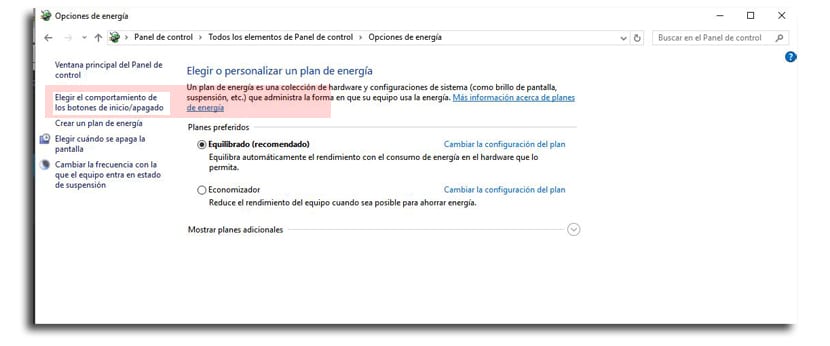
We usually close all programs and files that we have open before turning off the computer. It's the way we've gotten used to, but since some versions of Windows, Microsoft has offered the ability to use hibernate and suspend modes instead of the more typical shutdown.
In Windows 10, Microsoft decided don't include hibernate option with the rest of the shutdown options under Start> Shutdown. The good news is that we can add this option to that small menu again to hibernate the PC in an easy and simple way without major worries.
Hibernation is a mix between standard shutdown and sleep mode primarily designed for notebooks. When the PC is told to go into hibernation, it saves the current state of your PC, with open files and programs, to your hard drive and then shut down the computer. When you start it again, all the previous jobs and documents will be ready.
The difference is that, unlike suspend mode, does not use any type of energy, although it does take longer to start.
How to add hibernate to the start menu
- To add hibernate to the start menu, first click on the search drawer on the taskbar and type Energy options
- We will find the first result to the panel that we need to open. We click on it
- Now, on the left side, we select «Choose the behavior of the on / off buttons«

- At the top of the screen we click on «Change currently unavailable settings«

- Now the option «hibernate»To which we click
You will already have the "hibernate" option on your PC to enter this state if you want to restart your computer and those programs and documents are open.